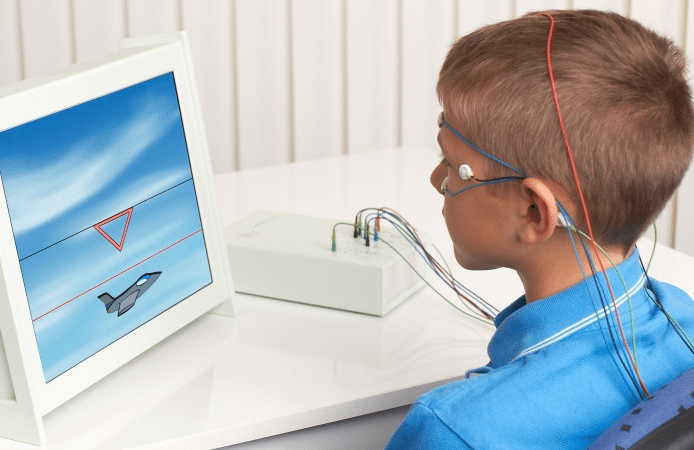Unveiling the Connection Between quantitative EEG and Sleep Disorder Trends for Enhanced Assessment and Treatment
Unveiling the Connection Between quantitative EEG and Sleep Disorder Trends for Enhanced Assessment and Treatment
Blog Article
Sleep apnea is a common sleep disorder that affects many people throughout the world. It occurs when a individual's breathing is disrupted during slumber, resulting to poor sleep standards and various medical issues. One of the ways scientists and physicians are working to better understand and identify sleep apnea is through a technique called quantified EEG, or qEEG. This approach assesses the electronic activity of the brain and can provide important insights into how sleep apnea impacts cerebral activity and overall health.
qEEG entails positioning small sensors on the head to capture cerebral waves. These cerebral waves are then analyzed to identify trends that may suggest sleep conditions, including sleep apnea. By examining these patterns, medical professionals can gain a more precise picture of how sleep apnea interrupts normal cerebral activity during slumber. This information can be crucial for formulating effective treatment strategies customized to individual clients. Understanding the connection between qEEG and sleep apnea can result to enhanced diagnostic techniques and superior outcomes for those impacted by this condition.
Research has demonstrated that individuals with sleep apnea often display distinct alterations in their cerebral wave trends. For example, during episodes of apnea, the brain may exhibit increased function in certain areas while additional regions become less engaged. These changes can influence how well a person slumbers and how refreshed they feel upon awakening. By using qEEG to monitor these cerebral oscillation trends, doctors can identify particular traits of sleep apnea in patients, which can assist in making a more precise diagnosis. This is particularly important because sleep apnea can sometimes be mistaken for other sleep conditions, leading to misguided therapies.
In addition to improving identification, qEEG can also serve a role in evaluating the efficacy of treatments for sleep apnea. web link For instance, after a client starts using a constant beneficial airway pressure (CPAP) device, which assists keep the airway clear during slumber, qEEG can be utilized to evaluate alterations in cerebral activity. If the brain exhibits enhanced trends of slumber after initiating treatment, it may suggest that the treatment is functioning well. This response can help doctors formulate required adjustments to therapeutic strategies, guaranteeing that clients receive the best care feasible.
Overall, the relationship between qEEG and sleep apnea trends is an promising area of research that holds promise for enhancing diagnosis and therapy. By understanding how sleep apnea affects brain function, healthcare professionals can formulate more effective strategies to help clients attain improved sleep and enhance their general health. As research continues to evolve, it is likely that qEEG will turn into an essential instrument in the fight against sleep apnea, resulting to better results for those who suffer from this difficult disorder.